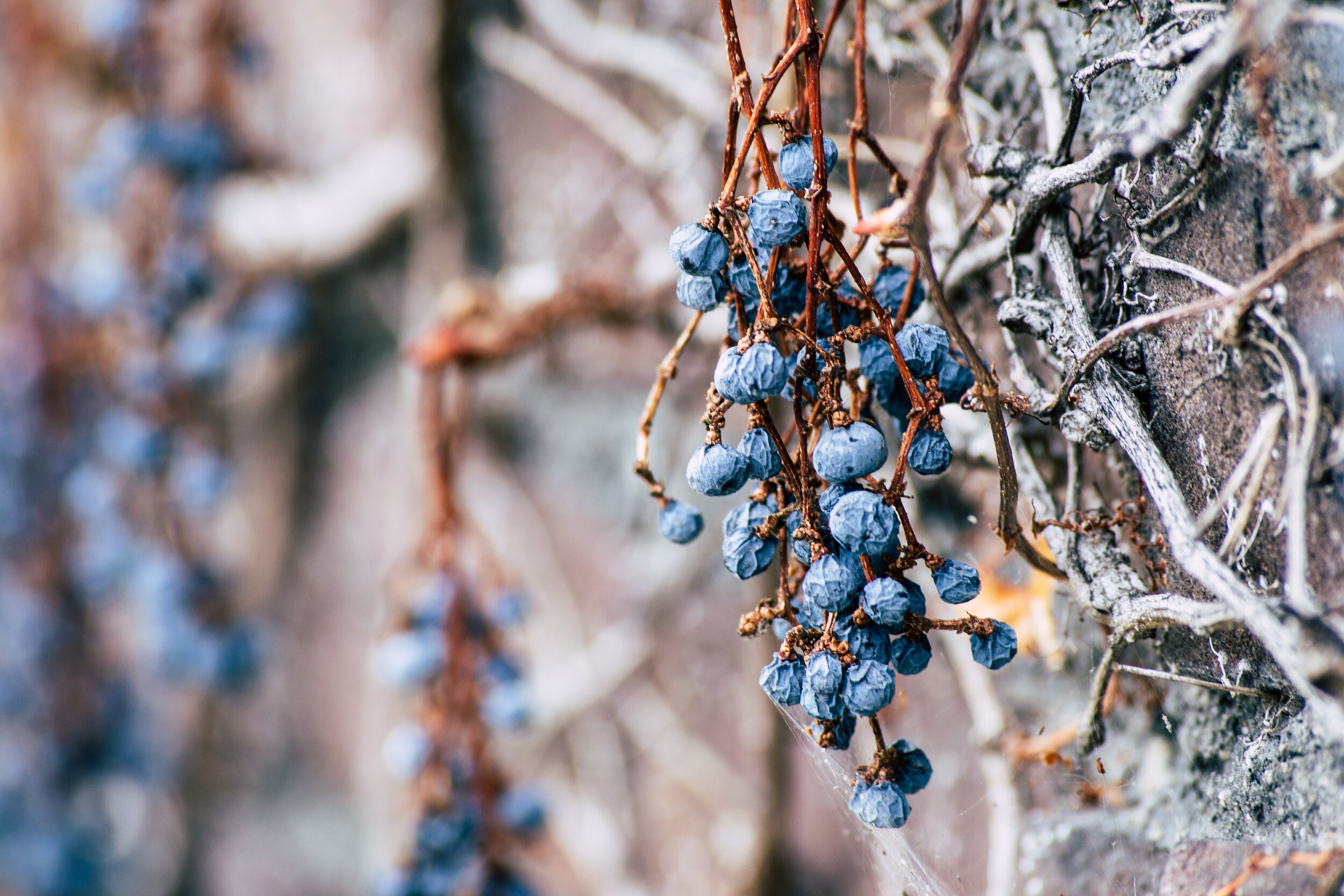Temperatures Expected to Dip to Near Freezing, Berry Crops Could Suffer
Temperatures Expected to Dip to Near Freezing, Berry Crops Could Suffer.
Dear Berry Grower,
Weather forecasters are calling for a cold night on Saturday, May 9, with temperatures expected to dip to 35 °F in Central Virginia and 30°F in the Shenandoah area. Blueberry and blackberry growers in these areas are concerned about the impact these low temperatures will have on their crops. Here are some resources that will help protect berry blossoms and buds from being killed or damaged by the cold weather.
Blueberry Cold Susceptibility
Blueberry blossoms and small berries are considered hardier than the blossoms of most fruits. Temperatures must drop below 28°F for economic losses to occur on highbush blueberry (Vaccinium corymbosum L.). The temperature at which freeze injury begins to occur depends on the stage of development from dormant flower buds through young fruit. During the winter, dormant flower buds of highbush blueberries will survive temperatures as low as -20 to -30°F while the less hardy rabbiteye (V. ashei Reade) have survived -10°F but are often damaged below 0°F. As flower bud swell progresses, cold tolerance decreases. By the time individual flowers begin to protrude from the bud, temperatures below 20°F will begin damaging the most exposed flowers. When corollas have reached half of their full length, temperatures below 25 to 26°F will kill the complete flowers. However, at this stage, blossoms on rabbiteye blueberries may receive corolla damage at temperatures as high as 30°F. The corolla withers, but usually remains attached. The withered, unopened corolla prevents bee pollination and otherwise undamaged flowers drop rather than developing into fruit. Corolla damage to unopened highbush flowers that prevents pollination is seldom a problem with highbush blueberries. When the blossoms are open, a temperature of 27°F for more than a few minutes causes damage. Immediately after corolla drop and before the berry begins to swell is the most sensitive stage. A few minutes below 28°F will result in damage. As the berry begins to enlarge, susceptibility is similar to the critical temperature of 28°F for open blossoms.
This information is provided by North Carolina State Extension and can be found at https://content.ces.ncsu.edu/blueberry-freeze-damage-and-protection-measures
Additional information on the growth stages and development of blueberries is provided by Michigan State University Extension, and can be found at https://www.canr.msu.edu/blueberries/growing_blueberries/growth-stages
Assessing Cold Damage on Your Blackberry Crop
Dr. Fumi Takeda with the U.S. Department of Agriculture has conducted extensive research on how cold weather impacts blackberry buds and flowers. Below is Takeda’s chart information on the critical temperatures that can damage blackberries at different stages of fruit development. As shown in the following table, the critical temperature for blackberries is 27°F.
https://1.bp.blogspot.com/-v- eyXpTACPcBGAYYCw/s1600/Slide1.jpg
Additional information on how cold temperatures impact blackberry development can be found at https://teamrubus.blogspot.com/2020/04/assessing-cold-damage-of-your.html? spref=fb&fbclid=IwAR3qBPJZmpGE4QQO6tNW1URkPLOE39WQ7shSqsjBdvvfdEJQUVawTiIWoM8.


